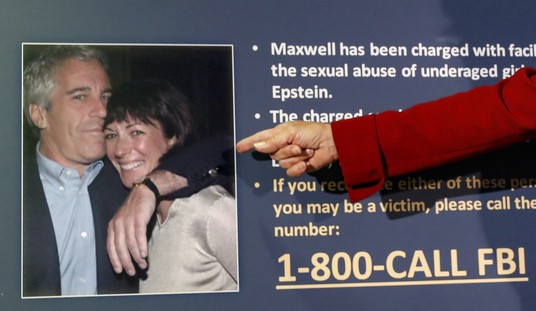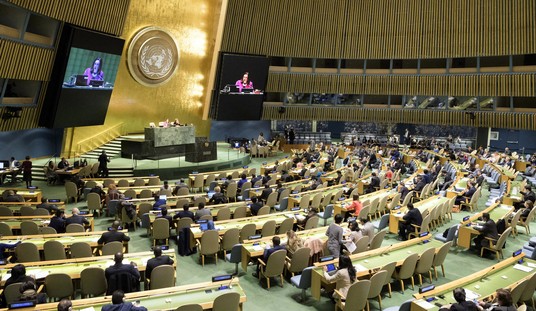Readers at Hot Air probably already know my feelings about the State of the Union tradition, which I value less than the game-show debate formats used in primaries for both parties. In the debates, at least there are opportunities for airing of different viewpoints and dissent on substance. The SOTU spectacle is meaningless theater, and one which actually cuts against the intent of Article II, Section 3 of the Constitution. The founders intended that requirement to serve as a reminder that the executive was coequal to the legislature and answerable for the governance of the nation. It has become, as I write in my column for The Week, “a grotesque parody of monarchical excess.”
The fault for this lies with Congress, not the presidents, who know a great opportunity to look regal when it’s handed to them. Perhaps after this last SOTU address from Obama, Congress can reconceive the event as a worthy debate on the president’s agenda for the next year and his performance in the past year, rather than a lecture punctuated by obsequious and insincere ovations. In my column, I explain how that would work:
In the past week, we have seen how well this might work. President Obama and CNN partnered on a town hall event on the subject of gun rights and gun control. Most expected little from the exchange, but several participants — including Taya Kyle, whose former Navy SEAL husband Chris was murdered by a troubled vet with a firearm — challenged Obama on both his policies and his rhetoric. Kimberly Corban, a rape survivor, also strongly defended her right to defend herself and her family with lethal force if necessary. The event may not have changed any minds, but it showed that American citizens consider themselves the equal of their president, not subordinate. After a long string of SOTU obsequiousness, it was at the very least a refreshing change.
Congress could re-establish its coequal dignity by inviting the president to a debate. Instead of the normal two-way division of time, the presider could offer a three-way split, with the president and both parties getting equal time. The president might get 10 minutes to discuss an agenda item — in this case, let’s use gun control. Then the party managers would each get 10 minutes to divide as they see fit to question the president and give him the option to answer. The same 30-minute commitment could be made for other issues — as many as a president wants to debate, or as few.
This could have many salutary benefits. First, it would remind both branches of their equal status and responsibilities under the Constitution. That would restore the actual purpose of the State of the Union. It would also transform the SOTU event from a one-sided lecture to an informative exchange, which might tend to engage voters rather than repel them. It would allow for a much fairer airing of issues, and perhaps even occasionally spark moments of agreement. It would also eliminate the need for the clunky “response speech” that has routinely been even more pointless than the State of the Union speech itself.
Or, perhaps presidents will feel much less inclined to show up for a debate rather than be given a primetime slot for an overblown campaign speech. They might opt instead for the Jefferson option — providing a report on the state of the union in writing for Congress to debate amongst themselves. That could be the best outcome of all.
The president has the White House for all the one-sided speeches he desires to give. In Congress, the people’s representatives should have equal standing and the opportunity to engage the chief executive. Future presidents who don’t wish to engage on politics can send over written reports, and perhaps that might give voters a good sense of who does and doesn’t belong in the Oval Office.








Join the conversation as a VIP Member